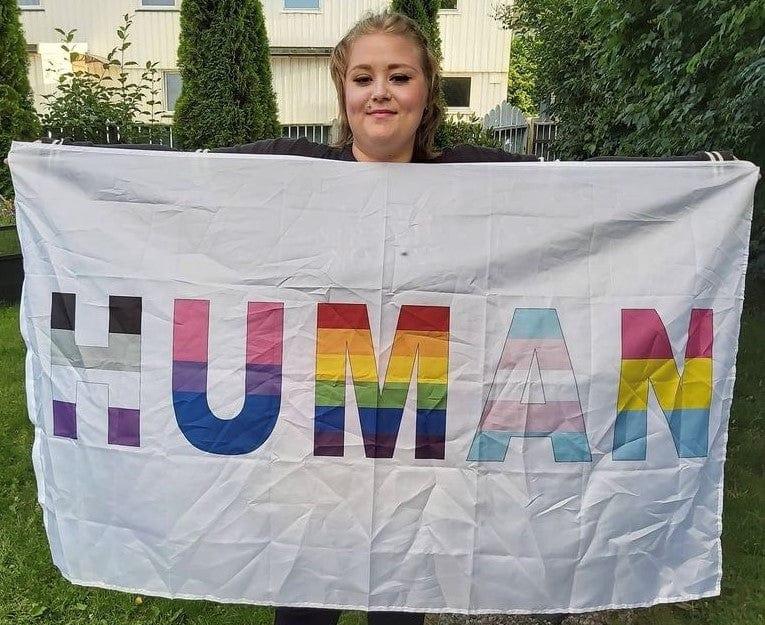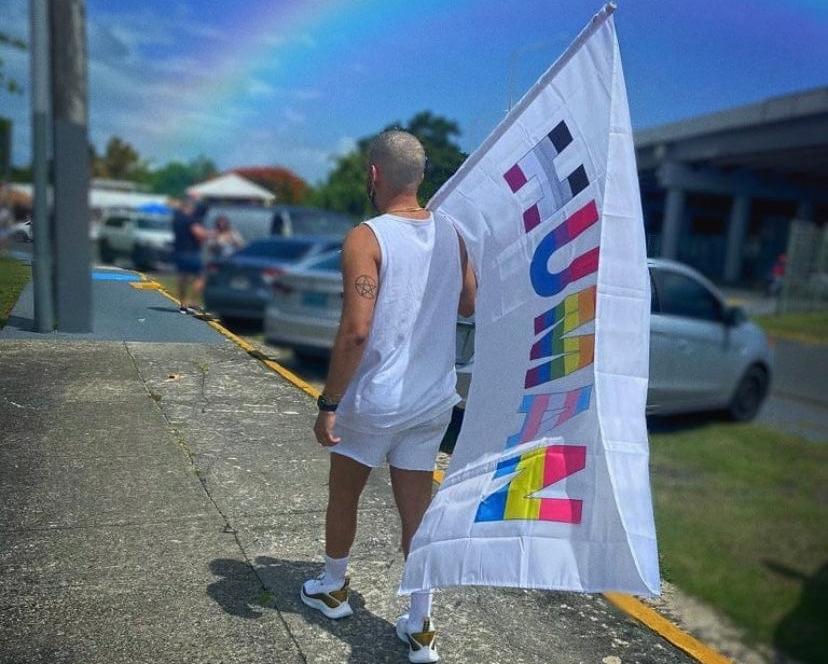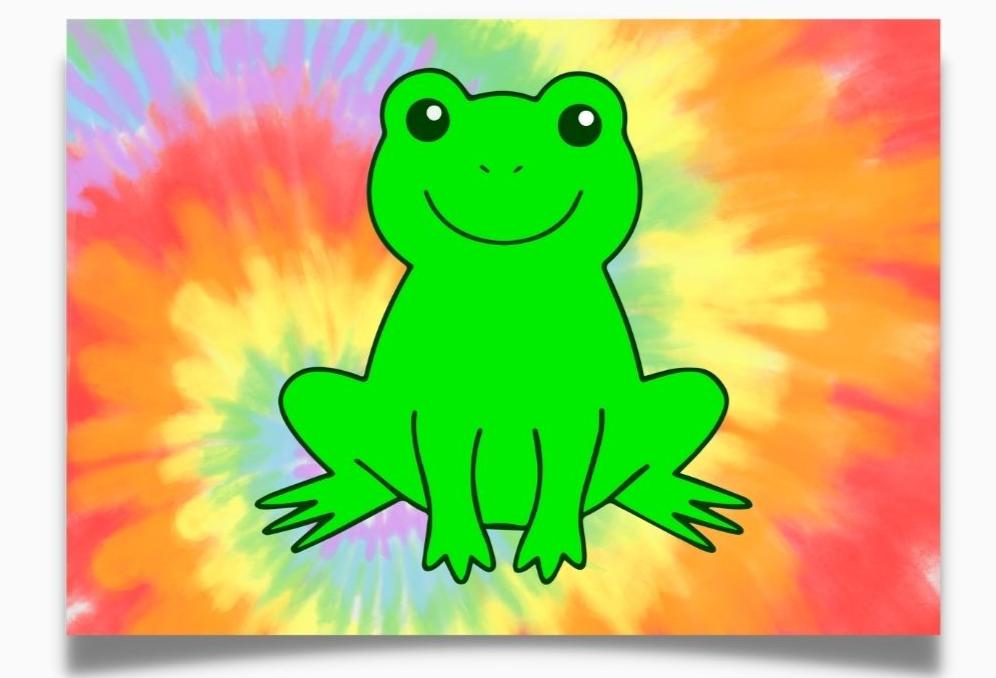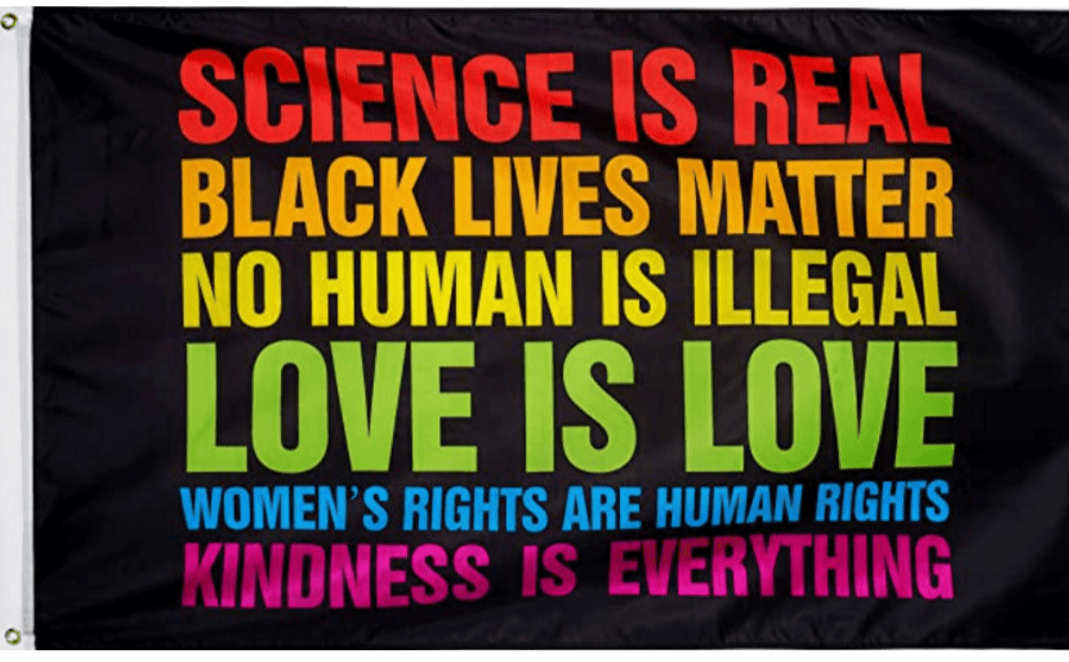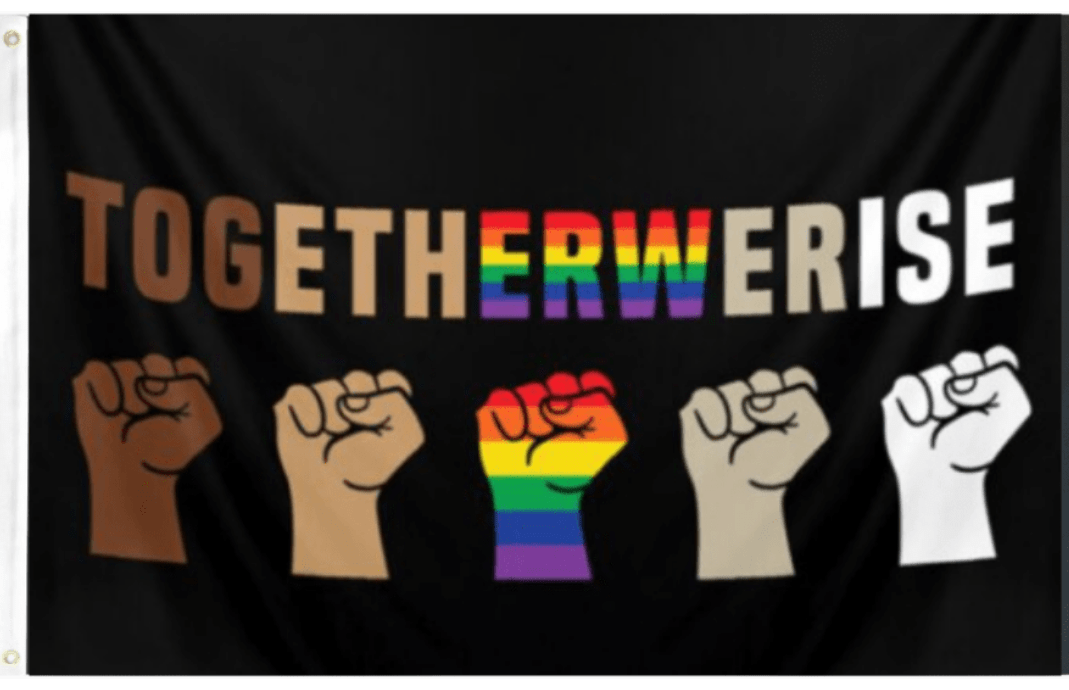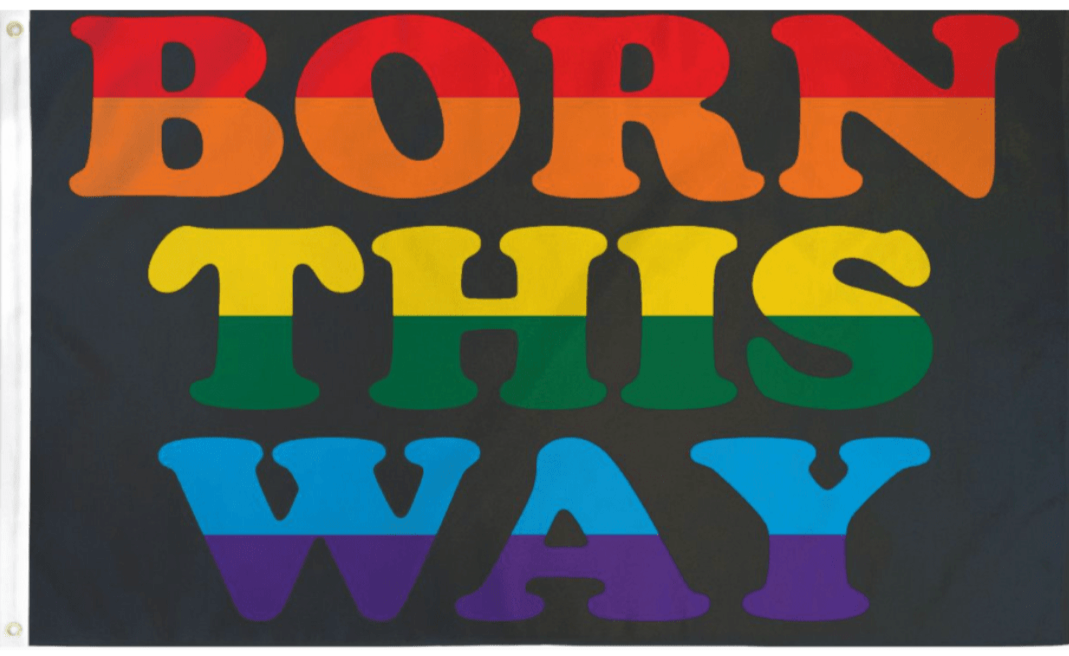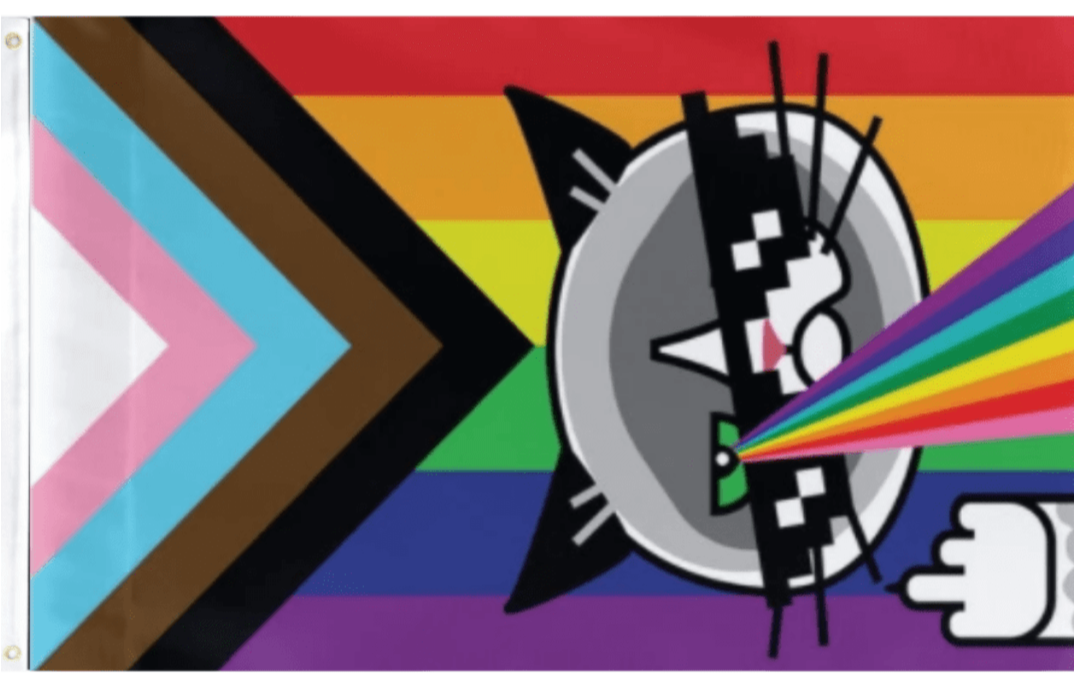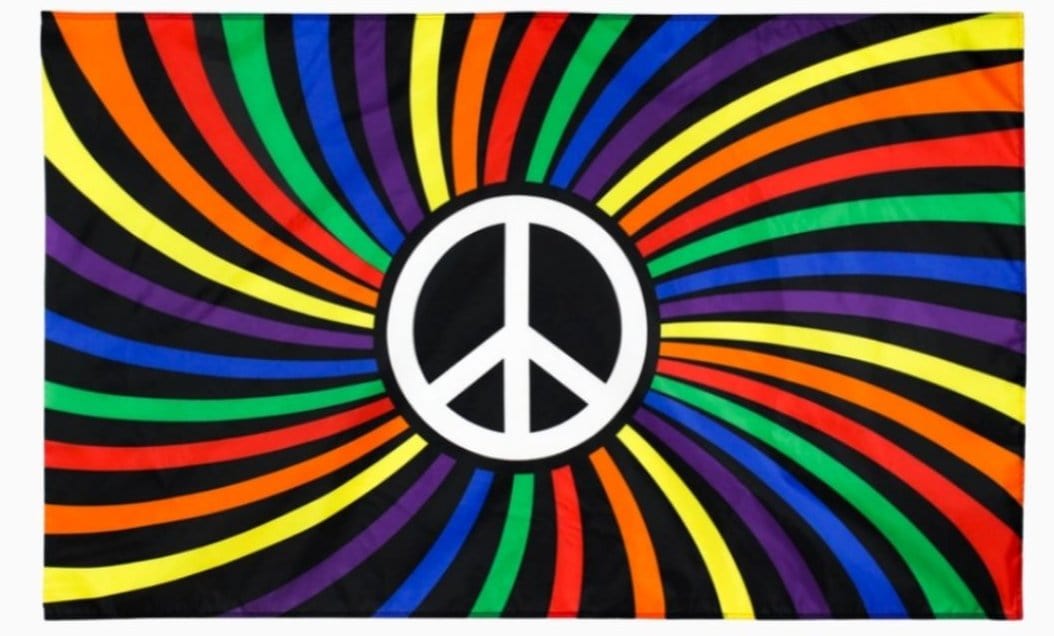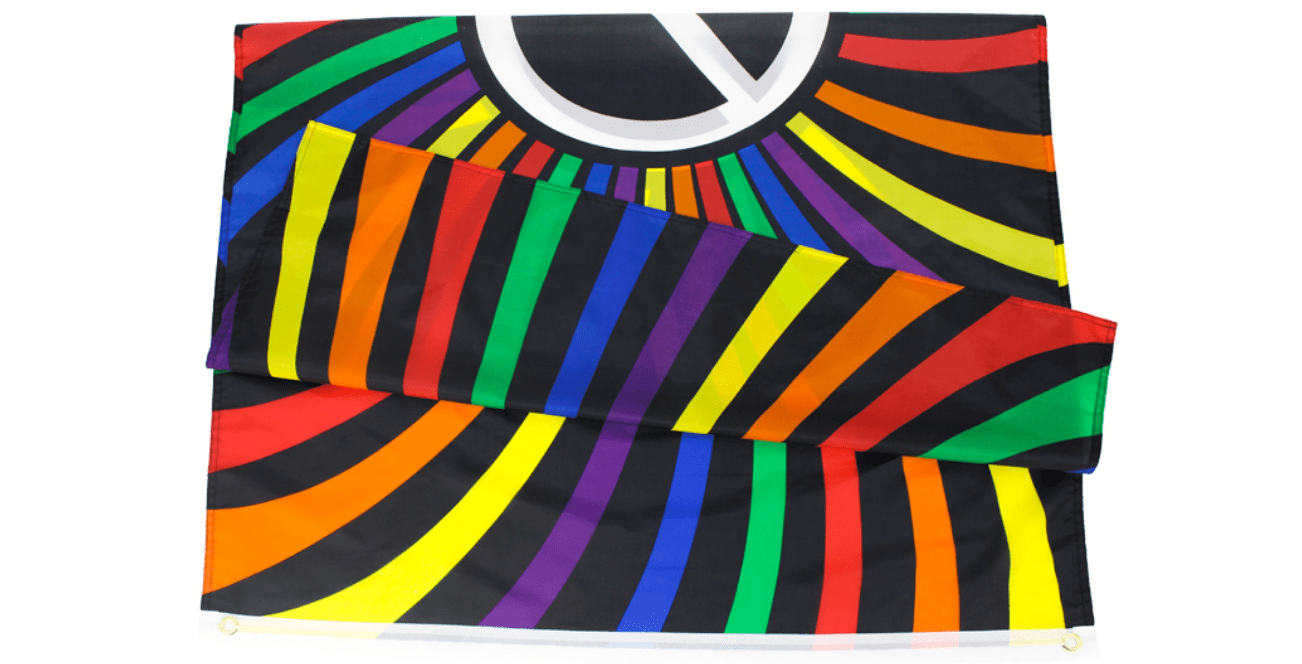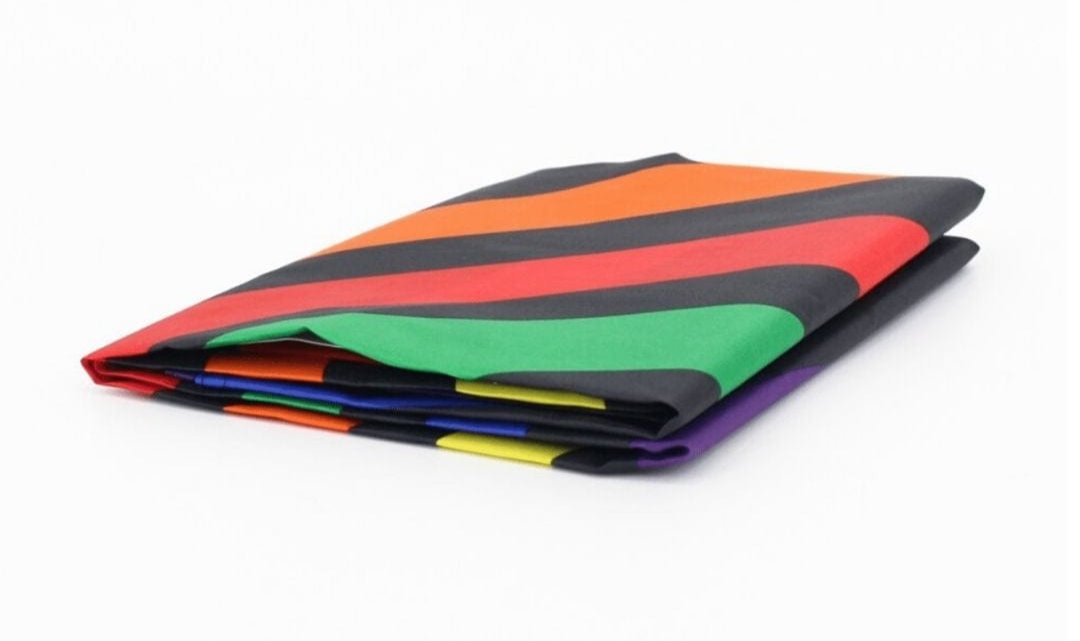International Pronouns Day
Today is International Pronouns Day!
Honored every year on the third Wednesday of October, Pronouns Day emphasizes how important it is to refer to people by the pronouns they determine for themselves. The simple act of adding pronouns to your introductions, resumés, social media, etc., can create a safe and inclusive space for others around you. Whether you are part of the LGBTQ+ community or an ally, celebrate International Pronouns Day and show your support and inclusivity by using pronouns!
So, what are gender pronouns?
Pronouns are general words categorizing people, places and things. For example, when referring to a radio or a lamp, you would use "it". When referring to a person, like a friend, a partner or a teacher, you would use third-person pronouns like "he", "she", and "they."
Gender pronouns refer to how an individual prefers to be addressed, and they do not always align with heteronormative ideals. This means that what you might think is a "male" or "female" pronoun is not accurate in regards to someone's gender identity. And these can change over time, when someone feels it is appropriate to change it.
Though many may not realize, not addressing someone by their correct pronouns can be harmful. It is similar to calling someone by their name — a way to show respect and acknowledge their personal identity. If you are interested in learning ways to be more human-focused, adopting gender-inclusive language is a great way to start!
How do I use gender pronouns?
If you are unsure about someone's pronouns, it is good practice to use "they/them" pronouns or to avoid using pronouns all together. Some individuals may prefer a set or sets of pronouns, since gender identity can exist outside or anywhere between the heteronormative binary. When you address someone, especially a person you may not know well, check with them directly if you are curious about their pronouns. Some people may not use pronouns at all and instead go by a name! If they identify with multiple sets of pronouns, it is safe to assume using any of them is acceptable.
How do I ask someone what their pronouns are?
If you are curious as to how to address someone, the first step is to ask. It is important to be respectful and to share that you want to be supportive. A great way to do that is to share your pronouns first. It creates a safe space and encourages the other person to share theirs with you. Here is one way to introduce and seamlessly include your pronouns:
"Hello, my name is [your name], and I go by [your pronouns] pronouns. How should I address you?"
To create a safe space, never force someone to share their pronouns. Some people you meet may not even be aware about sharing pronouns. An introduction might sometimes include an explanation of why gender pronouns and gender-inclusive language is important to show respect and support. Since most people are familiar with the gender binary, using she/her and he/him as a preliminary example about pronouns can help their understanding.
What if I use someone’s wrong pronouns?
As we all incorporate gender-inclusive language into our daily lives, mistakes are bound to happen. And that is okay! Wanting to change your habits in the first place is a genuine show of support. Unlearning years of heteronormativity is incredibly difficult, but it is not impossible!
If you make a mistake, try to catch yourself almost immediately, correct yourself, apologize and move forward. If you realize that you made a mistake after an interaction is over, you can also personally approach them and apologize. It does not need to be a dramatic, attention-grabbing moment, as putting a spotlight on it during casual conversations can actually be harmful. The goal of using gender-inclusive language is to normalize people of all gender identities.
Final thoughts: Language has become more gender-inclusive to validate and respect identities that exist outside the binary spectrum. There are many pronouns in use today, but as more people explore and better understand their personal identities, more gender pronouns can be created. Every person has a unique gender and sexuality story, and using gender-inclusive language is one way to address these nuanced human experiences. Make sure to educate yourself on how you can create a safe and inclusive environment for people around you. Happy International Pronouns Day, Pride Palace community!
Sources:
- https://pronounsday.org/
- https://www.mypronouns.org/what-and-why
- https://www1.nyc.gov/assets/hra/downloads/pdf/services/lgbtqi/Gender%20Pronouns%20final%20draft%2010.23.17.pdf





